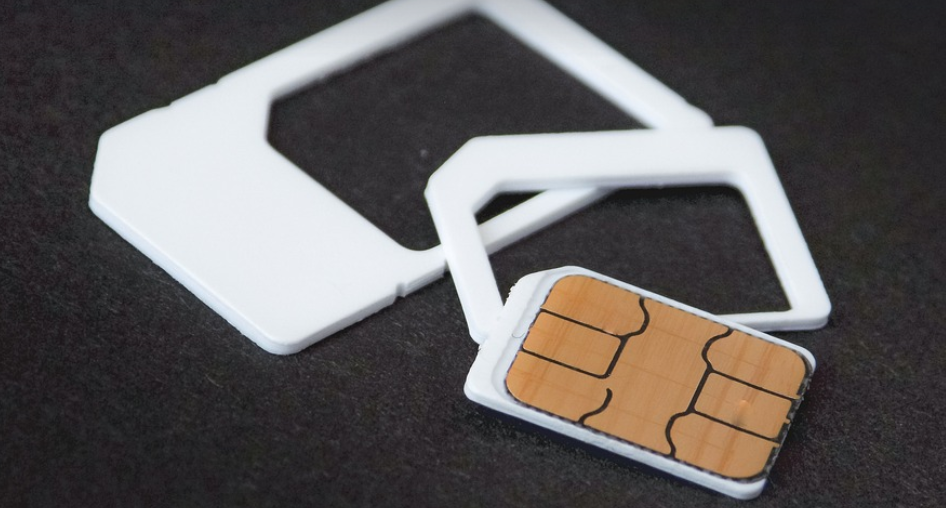Understanding the Importance of this Operation
Ever wondered how to take apart a vehicle’s transmission and transfer case? It might seem like an intimidating task, especially for those new to automotive mechanics. But trust me, removing the transfer case from your transmission isn’t as daunting as it seems. In fact, understanding the process can empower you to tackle minor repairs and upgrades with confidence. This guide will break down the procedure in a clear and concise manner, making it accessible even for beginners.
Why Remove the Transfer Case?
Before we delve into the steps of removing the transfer case, let’s explore why you might consider this operation. Firstly, sometimes a faulty transfer case can contribute to transmission issues, leading to gear problems or reduced performance. Removing it allows for a thorough inspection and potential repair or replacement.
Another reason is upgrading or adapting your vehicle for specific purposes. Perhaps you’re driving off-road, needing to tow heavy loads, or just seeking performance enhancements. The transfer case plays a crucial role in these scenarios.
Gathering Your Tools and Resources
Before we commence the removal process, let’s lay out what you will need:
- **A spacious workspace:** A clear, well-lit area with ample room to work is essential for a smooth and safe experience.
- **Tools:** The right tools are crucial. You’ll likely need a torque wrench, sockets, wrenches, screwdrivers, a jack and jack stands, and various specialized tools depending on your vehicle model.
- **Safety equipment:** This is non-negotiable. Always wear safety glasses to protect your eyes from flying debris, and gloves for protection against dirt and grime.
- **A workshop manual:** This will be your best friend. It provides detailed instructions specific to your vehicle model and contains crucial information on torque specifications for various components.
Understanding the Components
Before diving into the process, it’s important to familiarize yourself with the key components of a transfer case:
**Case:** This houses all the mechanical parts. Its main function is to transfer power from the transmission to the drivetrain (rear axle) and often includes a gear reduction for different 4×4 configurations.
**Shift levers, gears, driveshafts, bearings**: These components make up the mechanical heart of the transfer case and determine its ability to shift between various drive modes (e.g., two-wheel drive or four-wheel drive).
The Removal Process
Removing a transfer case might seem daunting, but it’s essentially about disconnecting it from the transmission. The process can vary slightly depending on your vehicle model, but here’s a general outline:
**1. Secure the Vehicle:** Before you start, it’s crucial to secure your car with jack stands and ensure your parking brake is engaged.
**2. Disconnect Connections:** Start by disconnecting any electrical connections or hydraulic lines that run to the transfer case. Use a wrench or socket to loosen bolts securing these lines.
**3. Drain Fluids:** After disconnecting the electrical and hydraulic lines, it’s essential to drain fluids from the transfer case. Refer to your manual for specific instructions on how to do this safely.
**4. Remove Bolts and Components:** Once you’ve removed the electrical and hydraulic connections, proceed with removing bolts holding the transfer case in place. Use a torque wrench to ensure proper tightening and avoid damaging the transmission.
**5. Disconnect from the Transmission:** The final step is carefully disconnecting the transfer case from the transmission. It may involve loosening/removing bolts and other connecting components.
Post Removal Maintenance
After you remove your transfer case, it’s important to address any maintenance needs:
**1. Inspect for Damage:** Carefully examine the transfer case for any signs of damage or wear.
**2. Clean and Lubricate:** Clean the components thoroughly and lubricate them as per your manual’s recommendations.
Tips for Success
Removing a transfer case can be challenging, but these tips will help you succeed:
- **Work methodically:** Take things one step at a time to avoid mistakes or oversights.
- **Consult the manual:** Ensure you understand your vehicle’s specific process before starting.
- **Use proper safety equipment:** This is crucial for protecting yourself during the entire process.
- **Take Breaks:** Break down the project into manageable stages to avoid fatigue and potential errors.
Conclusion
Removing a transfer case requires patience, knowledge, and the right tools, but it can be a rewarding experience. Understanding the process allows you to take control of your vehicle’s maintenance and potentially improve its performance or address specific issues. Remember to consult your manual and proceed with caution.


